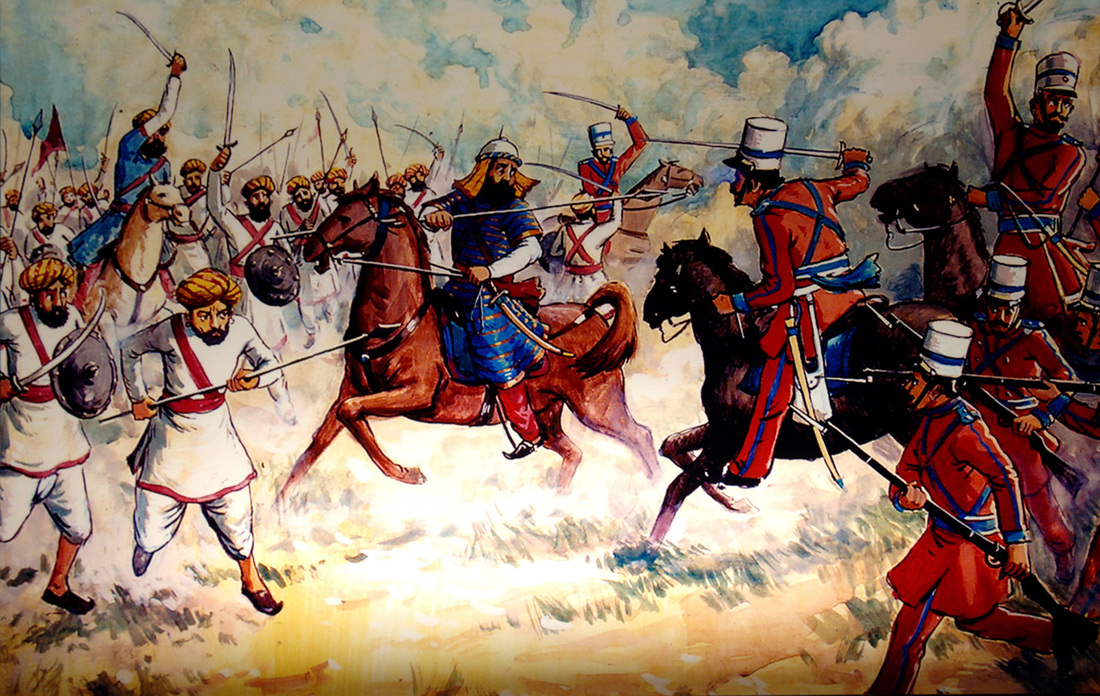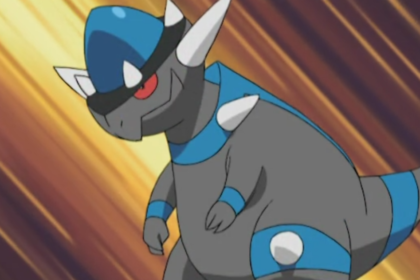Sepoy Mutiny – a revolt that shook the foundations of British Empire in India and end the rule of British East India Company – is one of the most famous and important events in India’s modern history. Take a look below for 20 fascinating and interesting facts about Sepoy Mutiny.
1. Though it is considered as the first war of independence by some scholars and this is certainly the first revolt taught to a History or for that matter any student, the fact is – it is the not the first revolt. Revolts in Bengal (1764), Vellore (1805), Barrakpore (1825), Santhal Rebellion (1855-’56) are just few examples which took place even before this revolt started.
2. The defeat of British in the wars like First Afghan War (1838-’42), Punjab Wars (1845-’49), Crimean Wars (1854-’56) etc., served as an inspiration to Indians that British can be defeated if they tried properly.
3. There are many causes for the revolt to take place. Lord Dalhousie’s “Doctrine of Lapse” stands as the major cause. According to Doctrine of Lapse, the British would annex any state if the ruler passes away without leaving a male heir to rule. Jhansi Laxmi Bai and Nana Saheb became the victims of Doctrine of Lapse.
4. The other reasons were abject poverty, unemployment, hopeless administration. British’s attempts to Christianize the whole nation was taken way too seriously and British made it compulsory that if necessary, the sepoys had to cross the rivers and fight for British, which meant loss of caste for Indians and shaving daily was considered with suspicion by Hindus and Muslims alike. These factors triggered a revolt which shook the very roots of British empire in India.
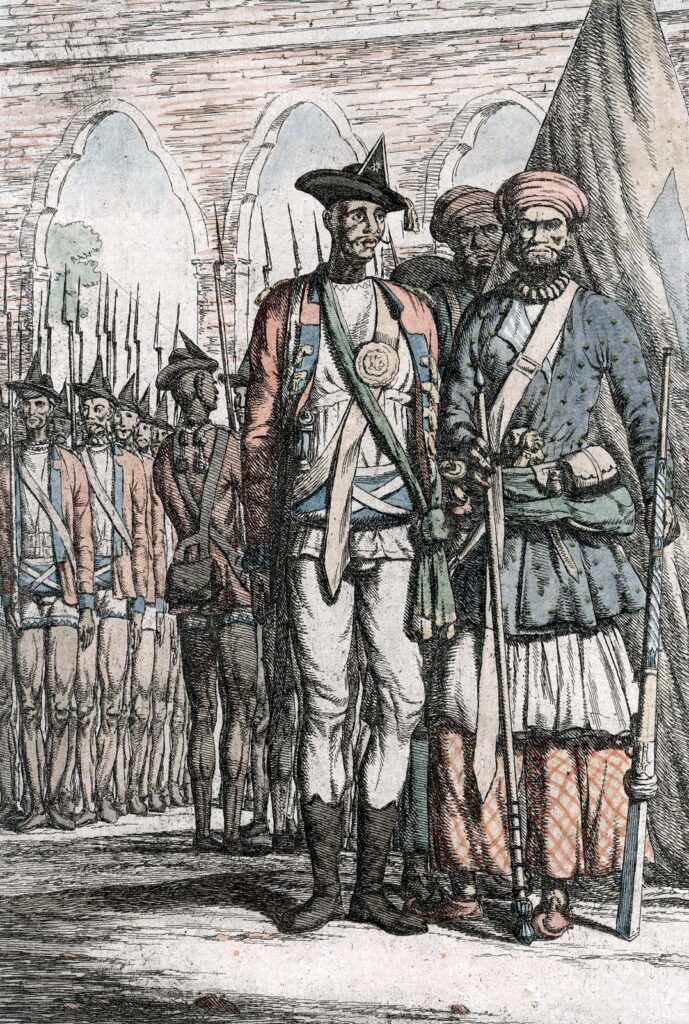
5. Indian soldiers were called as sepoys. They were temporary and no matter how loyal and efficient Indian soldiers were, they were never given a promotion and British didn’t leave any opportunity to demean and humiliate Indian sepoys. Needless to say, they were paid negligible amount of money as salary.
6. The introduction of Enfield Rifle supplied the occasion for a revolt. It was rumored that the greased cartridges of Enfield Rifles were made of beef and pig’s fat and the cartridges were to be bitten off before loading. Hindus considered cattle as mother and Muslims hated pig so when asked to use the rifle, a series of refusals from Indian army and disbandment from the British started.
7. Before Meerut other places where Indian sepoys went against British orders were Berhampur, Barrackpore (where an Indian sepoy named Mangal Pandey opened fire and killed his British officer and then he was executed) and Awadh.
8. In Meerut, on April 24, 90 sepoys didn’t obey the orders and on 9th of May, 85 of 90 were dismissed and were sentenced for 10 years of imprisonment. The other sepoys released them the next day that is on 10th of May 1857 and killed the British officials and marched to Delhi. (The revolt officially started off on 10 May 1857).
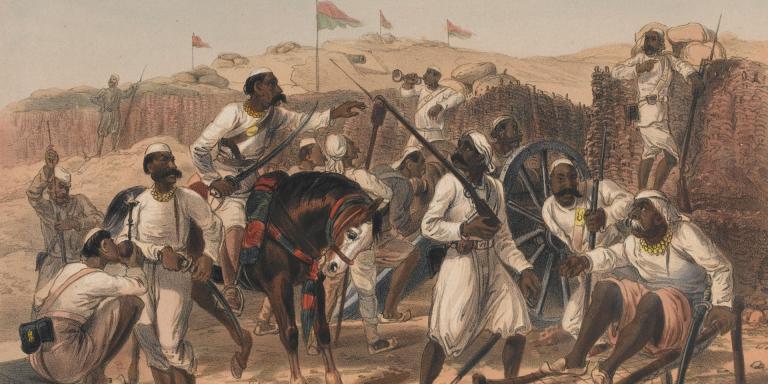
9. Once they reached Delhi, they proclaimed Bahadur Shah Zafar as the emperor of India and Delhi as the empire’s capital. After some hesitation, Bahadur Shah sent letters to every other king to support this revolt and soon it spread to Northern part till Punjab and east side of India till Bihar and some western parts of the subcontinent till Rajputana. Awadh, Lucknow, Jhansi, Kanpur and Delhi were the storm centres of this revolt. Just a tiny portion of South India was involved in this revolt.
10. The major heroes of this revolt were General Bhakt Khan from Delhi, Nana Saheb from Kanpur and his associate Tantia Tope, Rani Jhansi Laxmi Bai from Jhansi, Begum Hazrat Mahal from Lucknow etc.
11. Finally, the British could recapture Delhi only on 20 September, 1857. But complete siege happened only in 1859. Slowly each and every key player or king succumbed to British power. After the capture of Delhi, Bahadur Shah was sent to Rangoon where he died naturally, Nana Saheb escaped to Nepal after losing to British in Kanpur and there was no news about him. After that, Tantia Tope, Nana Saheb’s associate was caught when he was asleep. He was hiding in the jungles of Central India.
12. There is an interesting tale related to Jhansi Laxmi Bai. It is said that Rani Laxmi Bai didn’t die in the battlefield as said but the woman who died was a Dalit (low caste) woman who was a servant of Rani Laxmi Bai. There are no reports to prove this tale. But Jhansi was recaptured in 1859 by Sir Hugh Rose.
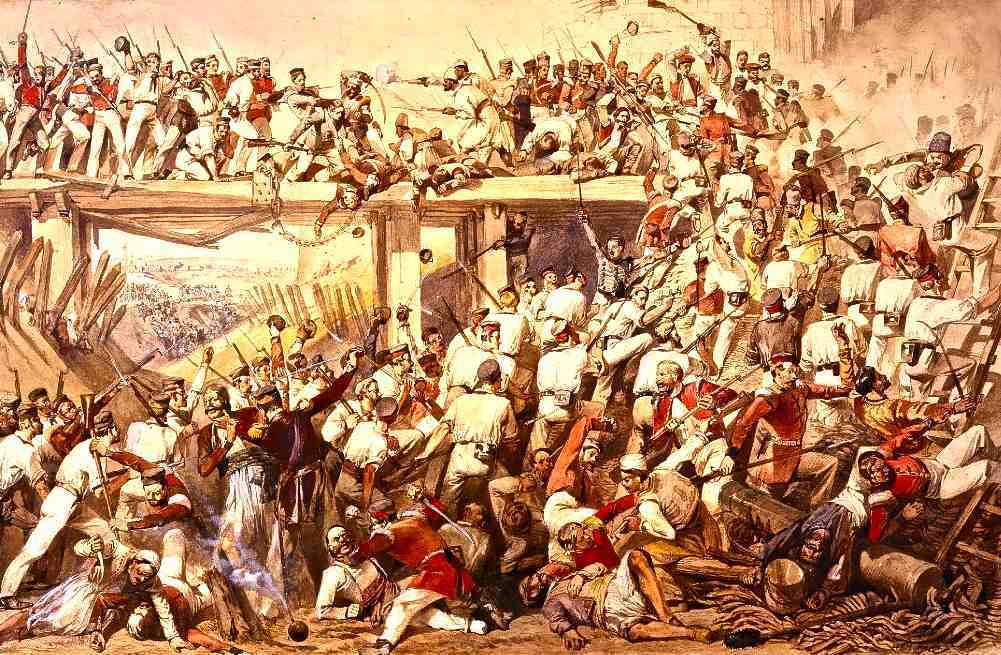
13. If you go by the name Sepoy mutiny and think that it was just Indian soldiers who participated, then you are thinking wrong! Everyone from zamindars to day laborers, from peasants to civil servants took part in this revolt.
14. There is something called as chapati movement in this historic revolt. Starting from February the country witnessed circulation of chapatis (Indian unleavened bread) across the length and breadth of the country. The purpose of the circulation of chapatis is still unknown. It was rumored that chapatis consisted of some secret message to fellow Indians. It was spread by chowkidars (watchmen) of a village.
15. Astrologers predicted that Company’s rule would end a century after the Battle of Plassey which took place in 1757. What a surprise! The astrologers were right. The sepoy mutiny broke out in 1857 and they controlled north of India for few months and after British succeeded in suppressing the revolt, British Crown took over the responsibilities and Company’s rule did end in 1858 after the Queen’s Proclamation on 1, November,1858.
16. Indian and were cruel while seizing places of importance. When the British soldiers recaptured those places, they too were cruel and ruthless. Cawnpore or Kanpur (presently in Uttar Pradesh, India) people witnessed atrocities of both Indians and British soldiers. Indians burnt a British fortress where an entire garrison including 200 women and children was hiding. In reply, British soldiers killed any native whom they just suspected and they were hanged in the middle of the road to make sure that this won’t be repeated again.
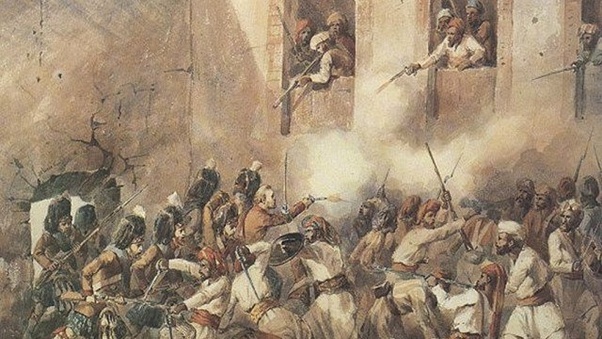
17. Though many kings and zamindars and common folks supported the soldiers and from a Sepoy Mutiny it became a civil war kind of a thing, there were other kings and zamindars who actively supported British and were responsible for the failure of this great revolt. Nizams of Hyderabad, Zamindars of Oudh (Awadh) and rulers of Scindhia were few examples of the rulers and zamindars who ditched Indian soldiers and common folk for their own interests. It may seem surprising but even the educated lot of India openly opposed the revolt as they were in the false notion that British was helping India prosper. They were educated but they weren’t intelligent enough to understand the real picture.
18. With support from some kings and soldiers, Indians succeeded in occupying northern part of the country and some of the west and east parts but due to poor leadership and unorganized revolt they could not keep it for long and with the help of technology (telegraph) British could recover the lost territories pretty soon. Indian soldiers never were equipped with ammunition properly and their poor communication was also responsible for the downfall of the revolt.
19. There was another interesting thing which was seen in the revolt of 1857. Hindus and Muslims were really like brothers. The sepoys directly marching towards Delhi and proclaiming Bahadur Shah Zafar, a Mughal emperor and a Muslim as the emperor of India alone stands as a testament for the unity of Hindus and Muslims in the country.
20. This revolt laid the foundation of nationalism which was non-existent earlier. After this revolt, many reform movements came up and every individual of the country realized that they belong to one country and they have to fight for their motherland’s freedom.

